Unearthing the Past: Celebrating Japanese American Artist and Sierran Chiura Obata
Unearthing the Past
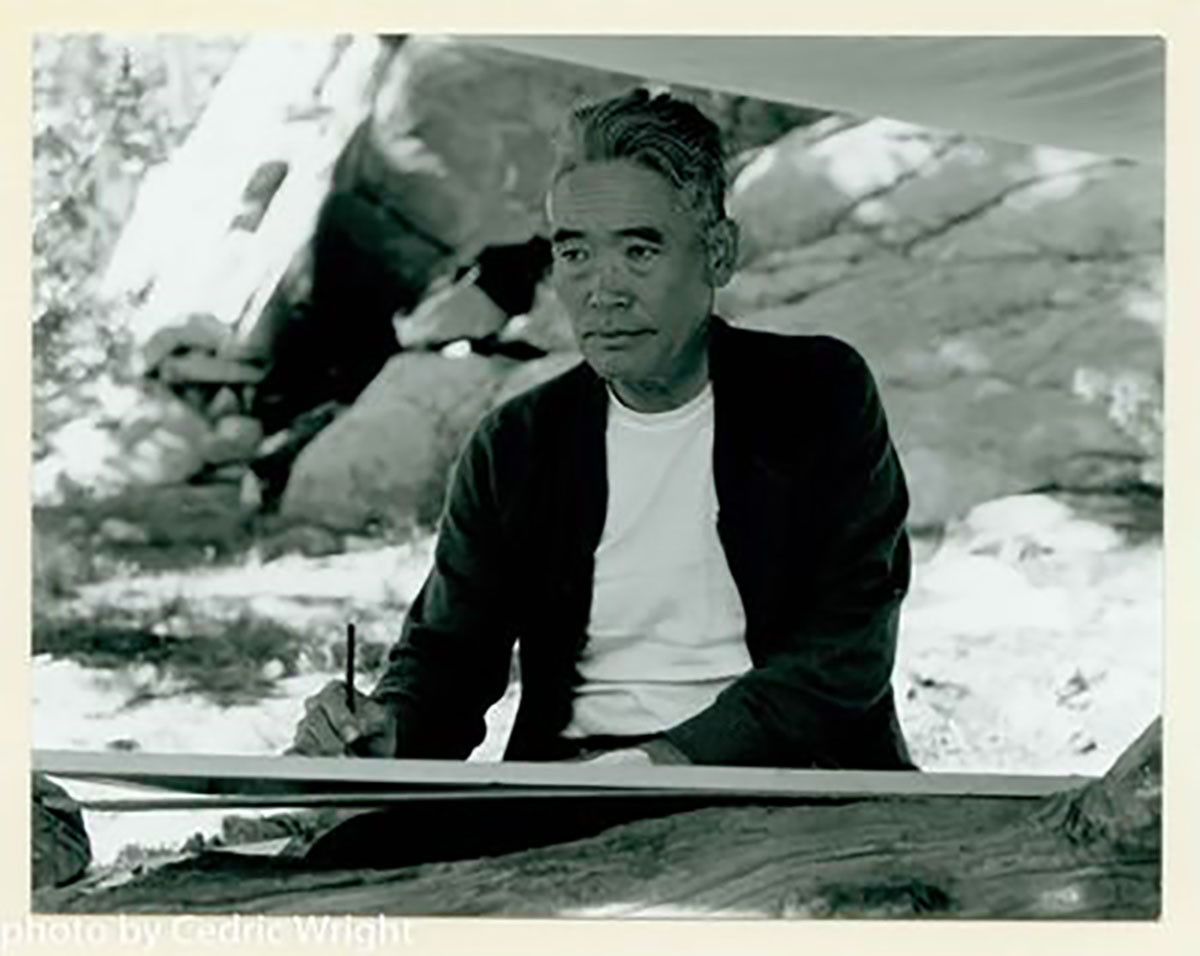
Biography
Born in Sendai, Japan in 1885, Chiura Obata was a renowned painter known for his evocative landscape paintings of the High Sierras, as well as for his depictions of life in Japanese illegal incarceration camps in the United States. In 1903, at age 18, Obata moved to California, where he became a professional painter and became an important part of the California art scene.
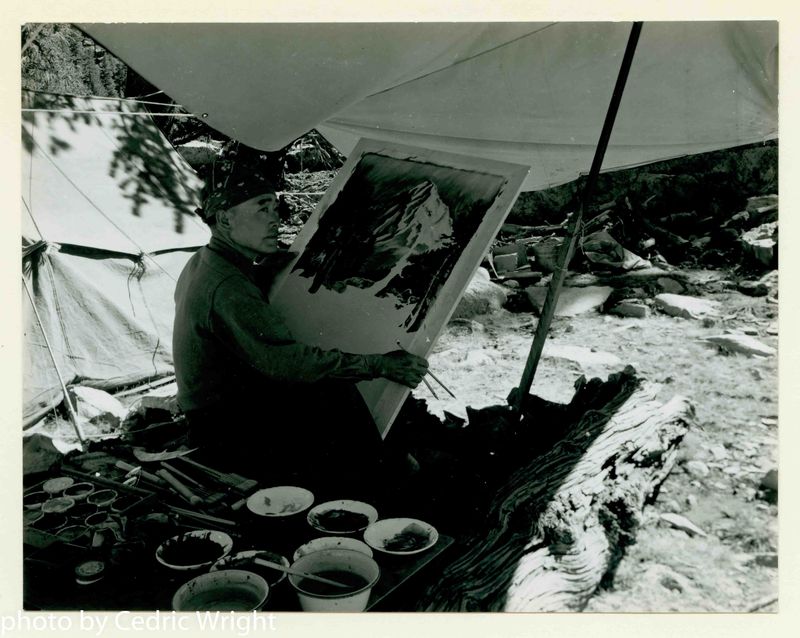
Photo by Cedric Wright
Nature Painting
Obata is best known for applying the Japanese sumi-e painting style to the landscapes of California. This wet-on-wet ink wash technique combines calligraphy and impressionism, creating landscapes that are at once detailed and impressionistic. Obata’s paintings, which applied this style to the nature of the Golden State, capture the stunning majesty of the High Sierras.

Painting by Chiura Obata, Photo by Rob Corder
Internment Camps
In 1942, after the bombing of Pearl Harbor, the United States imprisoned Obata and his family in Japanese illegal incarceration camps because of Obata’s national origin. Committed to asserting his humanity and the humanity of his fellow detained, Obata set up art schools at two of the locations where he was incarcerated, Tanforan Racetrack in San Bruno and the Topaz War Relocation Center in central Utah. Obata remained a prolific painter during his 11 months of internment. His wartime paintings reflect his steadfast love for the natural world.
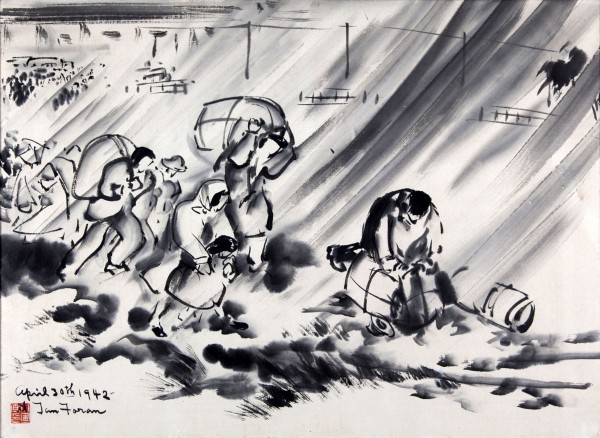
Tanforan internment camp. ca. 1942. Professor Chiura Obata, artist. Ink drawing on paper. Collection of Oakland Museum of California. Gift of Chiura Obata.
Sierra Club
After his release from illegal incarceration in 1943, Obata became a member of the Sierra Club. He participated in the Sierra Club’s “High Trips,” large, multi-week organized excursions into the High Sierras that brought together dozens of mountaineers and naturalists. On these trips, Obata held painting classes for his peers, and continued to create his own paintings of the beautiful landscapes of California.
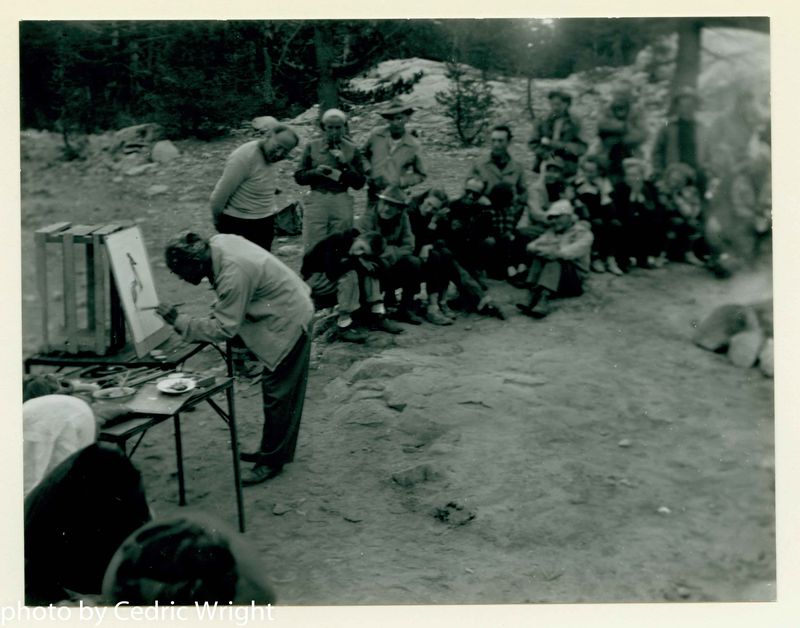
Photo by Cedric Wright
Obata's artwork serves as a timeless reminder of the importance of preserving nature's beauty and advocating for human dignity. Today, his legacy lives on through initiatives that promote art education, environmental conservation, and social justice, fostering a more inclusive and compassionate society.
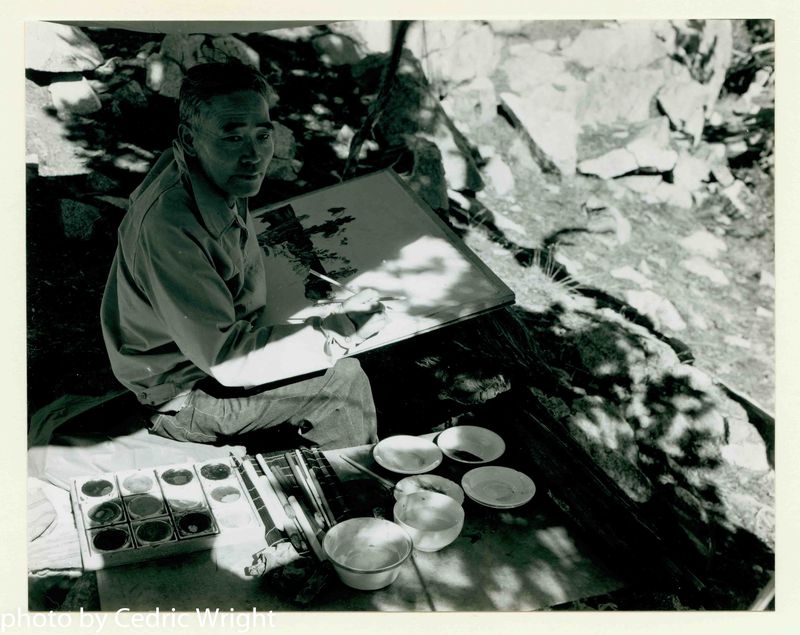
Photo by Cedric Wright



Add new comment